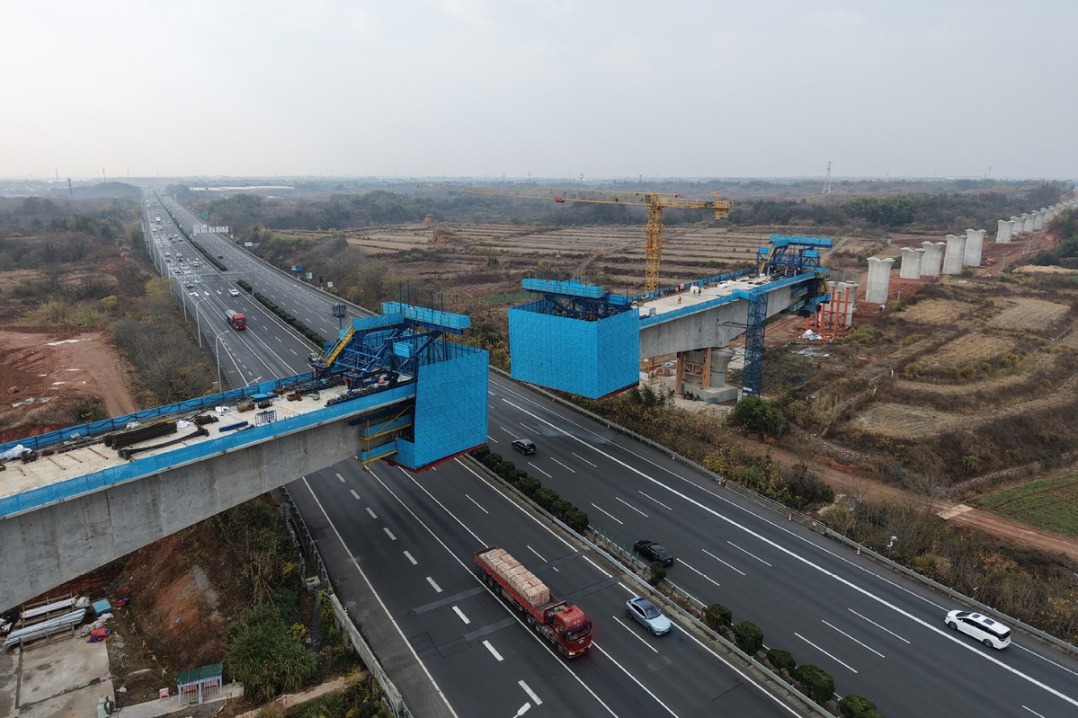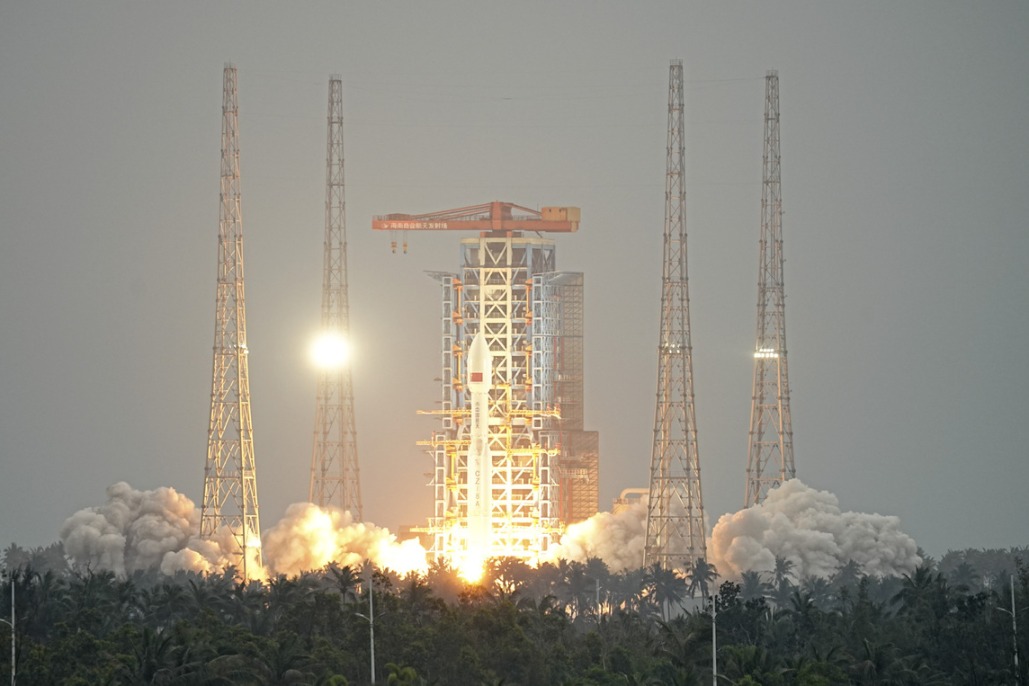Map to aid management of Qinghai-Tibet Plateau


LANZHOU-Chinese researchers recently released a new map to improve engineering projects and ecosystem management on the Qinghai-Tibet Plateau, known as "the roof of the world".
The map details permafrost stability distribution and corresponding ground temperature data, said Ran Youhua, a researcher from the Chinese Academy of Sciences' Northwest Institute of Eco-Environment and Resources, who headed the project.
The high-quality data on ground temperature may provide the basis for the evaluation of permafrost changes on the plateau in the future, Ran said.
The plateau is the highest in the world and has the most developed permafrost after polar regions.
However, data scarcity and unsuitable measurement methods have long hindered high-resolution mapping of the permafrost.
Researchers have been dedicated to exploring new methods to map the permafrost stability of the plateau, which is very sensitive to climate change.
The new map was drafted by a joint team with researchers from NIEER, the Institute of Tibetan Plateau Research at the CAS and institutions nationwide.
Researchers used a complicated calculation method that takes data from 237 bore holes and involves remote sensing of land surface temperature, vegetation, snow cover and soil variables on the plateau.
The map shows that the total area of permafrost on the plateau, excluding glaciers and lakes, is approximately 1.15 million square kilometers.
The new permafrost stability map of the plateau and related studies were published in the Science China Earth Sciences journal.
Xinhua
- Connecting cities, changing lives
- World's longest expressway tunnel opens to traffic
- Taiwan lawmakers vote to pass motion to impeach Lai
- Xi: Steadfastly implement conduct rules
- Beijing community leads the way in grassroots governance
- HKSAR govt extends thanks to various units for supporting people affected by residential complex fire





































